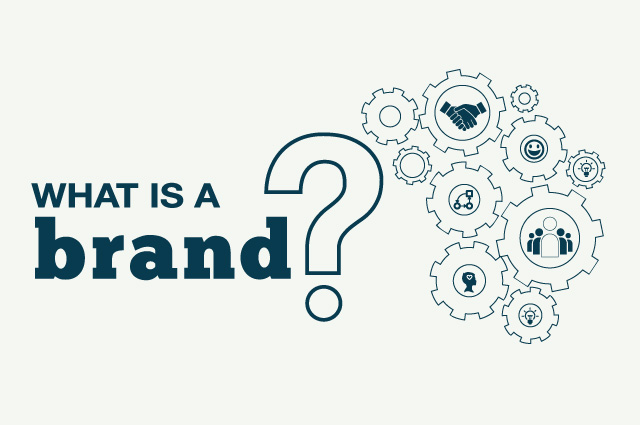Are you confused by the different colour systems? Are you wondering what’s the difference between Pantone, CMKY, RGB and web safe colours and what should you use? Here is a quick summary:
Pantone
The Pantone Colour Matching System is a standardised colour reproduction system enabling different manufacturers and printers to make sure colours match by referring to the Pantone system. Pantone colours are described by their allocated number (typically referred to as, for example, “PMS 130”). Each colour is a ‘spot colour’ meaning that the colour has been pre-mixed to the exact specification and match and is applied as a single colour, on a single plate on a printing press or in a manufacturing process.
CMYK
The CMYK colour model (process colour, four colour) is a subtractive colour model, used in colour printing, and is also used to describe the printing process itself. CMYK (Cyan, Magenta, Yellow and Key/Black) is used to create a full colour image in print. This is done by laying down dots in a screen (there are many types of screens and screen sizes) on a substrate (card or paper etc)
RGB
The RGB colour model is an additive colour model in which red, green, and blue light are added together in various ways to reproduce a broad array of colours. The name of the model comes from the initials of the three additive primary colours, red, green, and blue. Typical RGB input devices are computer monitors, colour TVs, video cameras, image scanners, and digital cameras. Therefore, when you view your proof on a computer monitor, be aware that the final print colour will be slightly different as printing is in CMYK format.
Web Colours
Web colours are colours used in displaying web pages and the methods for describing and specifying those colours. Colours may be specified as an RGB triplet or in hexadecimal format (a hex triplet). They may also be specified according to their common English names in some cases. Hexadecimal colour codes are specified with notation using a leading number sign (#) followed by a six-digit number.
Why does my printed flyer look different to the proof on my computer?
This is due to the different colour standards – your computer displays RGB colours where as your printing is CMYK or spot colour. RGB provides a huge range (‘gamut’) of colours. But the range of colours that can be produced using CMKY and print is more limited. So sometimes screen images that looked vibrant can look duller when printed.
So what should I use?
When asking ‘Pantone, CMYK, RGB or web safe colours’, the answer really depends on what you are using it for. Use Pantone or CMYK values for work that will be printed and use RGB values and HEX numbers for work that will be viewed digitally. When developing a new logo or branding identity it is best to define your colours in all colours systems. For example:

PMS 376 | CMYK cyan 50%, magenta 0, yellow 100%, black 0 | RGB r140, g198, b63 | Web safe colour #669900
Using these colour systems, you can ensure that your branding looks good across all media – keeping colours consistent and accurate.



